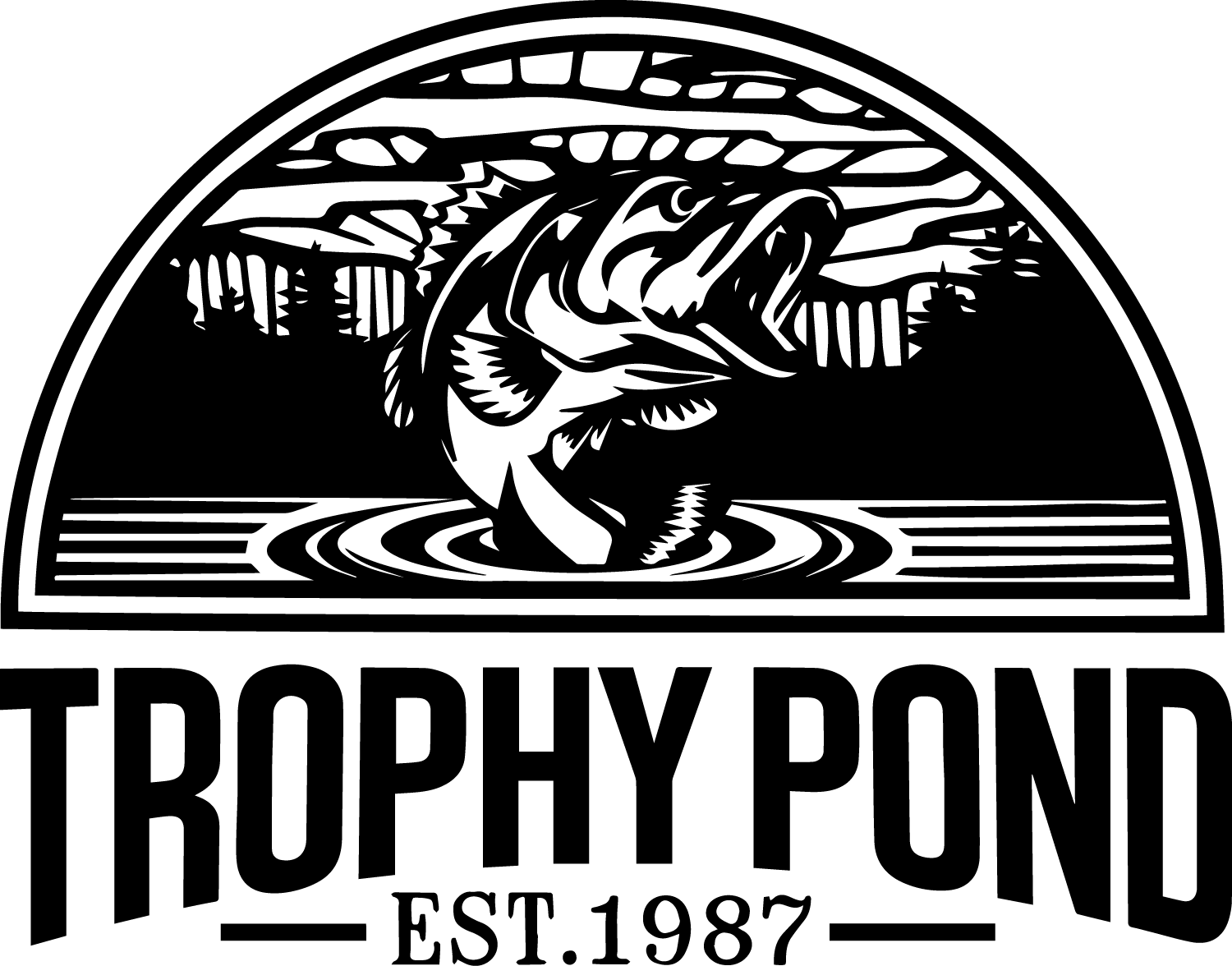Tennessee Lake and Tennessee Pond Management: grass shrimp
Freshwater grass shrimp are like caviar to bluegill. If you're trying to grow monster bluegill in your pond, and you haven't stocked grass shrimp, you're missing the boat.There are two freshwater species found in North America, Palaemonetes paludosus and Palaemonetes kadiakensis; kadiakensis is the species you want to stock in your pond if you live anywhere outside of Florida, as paludosus is far less cold-tolerant. This diminutive crustacean is transparent and has a maximum size of 1.5”; they have a lifespan of only one year and are prolific breeders. Grass shrimp are of great practical benefit to pond owners and managers in that they add a link in the food chain that is often otherwise missing, bridging the gap between detritus and plants and the higher trophic levels of fish that prey on the shrimp (Nielsen and Reynolds 1975). Nielsen and Reynolds did experiments that found grass shrimp to be five times more abundant in ponds without bluegill than those with bluegill; additionally, bluegill in ponds without grass shrimp gained 0.9 ounce over a five-month period, but bluegill in ponds with shrimp gained more than double the weight at two ounces in five months. Whereas midge larvae, a favorite food of bluegill as noted by the authors, were present in thirty-nine percent of bluegill stomachs, sixty-four percent of bluegill stomachs contained grass shrimp.Their preferred habitat is macrophytes, i.e. aquatic plants, so if you don't have plants in your pond you may want to add a few non-invasive ones before stocking the shrimp. They can also utilize chunk rock and rip-rap for habitat, but plants are the best.Here's a very brief video of a few kadiakensis being stocked into a pond a few miles from our hatchery:[video width="1920" height="1080" mp4="https://trophypond.com/wp-content/uploads/2018/12/grass-shrimp-stocking-video.mp4"][/video]
